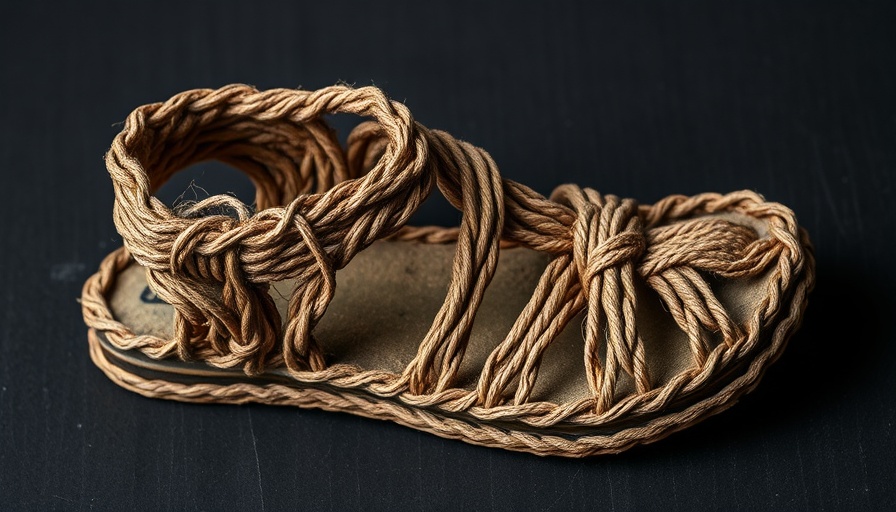
Unraveling Ancient Mysteries: A 650-Year-Old Sandal
In a remarkable trove of historical treasures, researchers in southern Spain unearthed an extraordinary discovery: a 650-year-old sandal hidden within a bearded vulture’s nest. This spectacular find is not merely a relic of the past but a window into medieval life, symbolizing the intersection of nature and human history. Recently published research reveals over 200 human-made artifacts retrieved from ancient nests that have served as unintentional time capsules, preserving remnants of bygone eras. From woven sandals to tools, these artifacts offer a fascinating glimpse into the daily lives of people who lived centuries ago.
The Nest as a Museum: Insights into Our Past
The inhabited nests of bearded vultures, a species known for their peculiar nesting habits, serve as unique archives where time stands still. The vulture’s tendency to return to the same site across generations allowed them to layer materials over centuries, transforming their nests into natural history museums. A study of these nests has revealed a surprisingly rich collection consisting of animal remains and human artifacts, showcasing not just the birds’ diets but also the ecological relationships in those environments. This blend of nature and human history inspires awe and curiosity, prompting further exploration into how we coexist with wildlife.
Historical Context of Artifacts: What They Reveal About Medieval Life
The artifacts found include over 2,100 animal bones, leather fragments, and various hand-crafted items that paint a picture of medieval living conditions. Among these, the Agobía sandal, constructed from esparto grass and twigs, exemplifies traditional craftsmanship. Most notably, these items date back as far as 675 years, showcasing the well-preserved conditions under which they were found. Following the path of previous studies, these artifacts help researchers unravel the ecological tapestry of the region, revealing dietary habits of both animals and humans while offering a glimpse into historical resource use.
Bearded Vultures: Nature’s Architects and Their Role in Conservation
Bearded vultures, known for their distinctive dietary habits—primarily feeding on bones—play a crucial role in their ecosystems. These birds’ preservation efforts extend far beyond their nests; by safeguarding diverse species, they contribute significantly to ecological health. Unfortunately, bearded vultures faced extinction in southern Spain due to hunting and habitat loss, leading to their current endangered status. However, ongoing conservation initiatives and reintroduction programs signal hope for their recovery, emphasizing the importance of protecting these magnificent creatures and their unique nesting behaviors.
Conclusion: Nature’s Secrets Awaiting Discovery
This unprecedented discovery of ancient artifacts stashed in vulture nests not only opens new doors for archaeological inquiry but also highlights the intricate connections between human activity and the natural world. As researchers continue to analyze these finds, there is potential for groundbreaking insights into both historical conservation practices and human impacts on ecosystems. The interaction between humans and nature remains a profound narrative, and it’s one that reverberates through time, urging us to reconsider our role in preserving the past for future generations.
 Add Row
Add Row  Add
Add 




Write A Comment